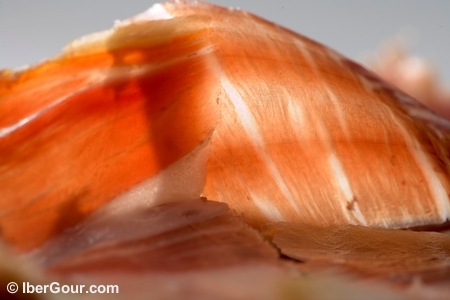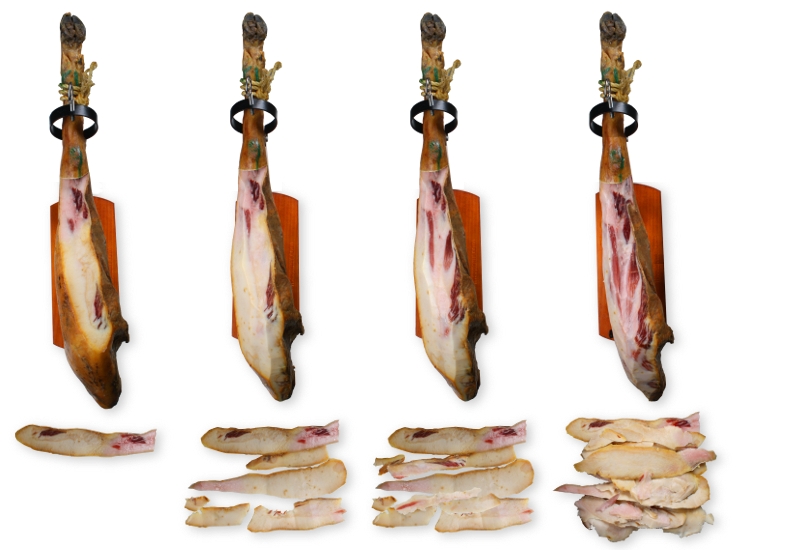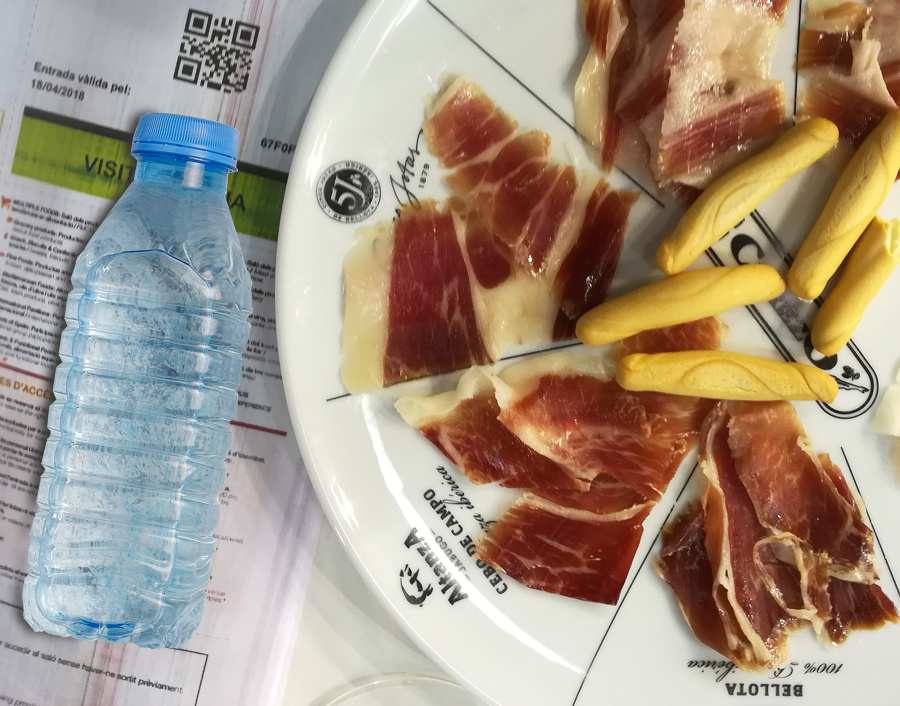Until recently, what worried consumers most was the salt content of cured ham. WHO (World Health Organisation) recommends consuming a maximum of 5 grams per day (even less in children and adolescents) to reduce the risk of cardiovascular disease, although the world average of between 9 and 12g is more than double.
These days it seems that other additives used … read the rest



